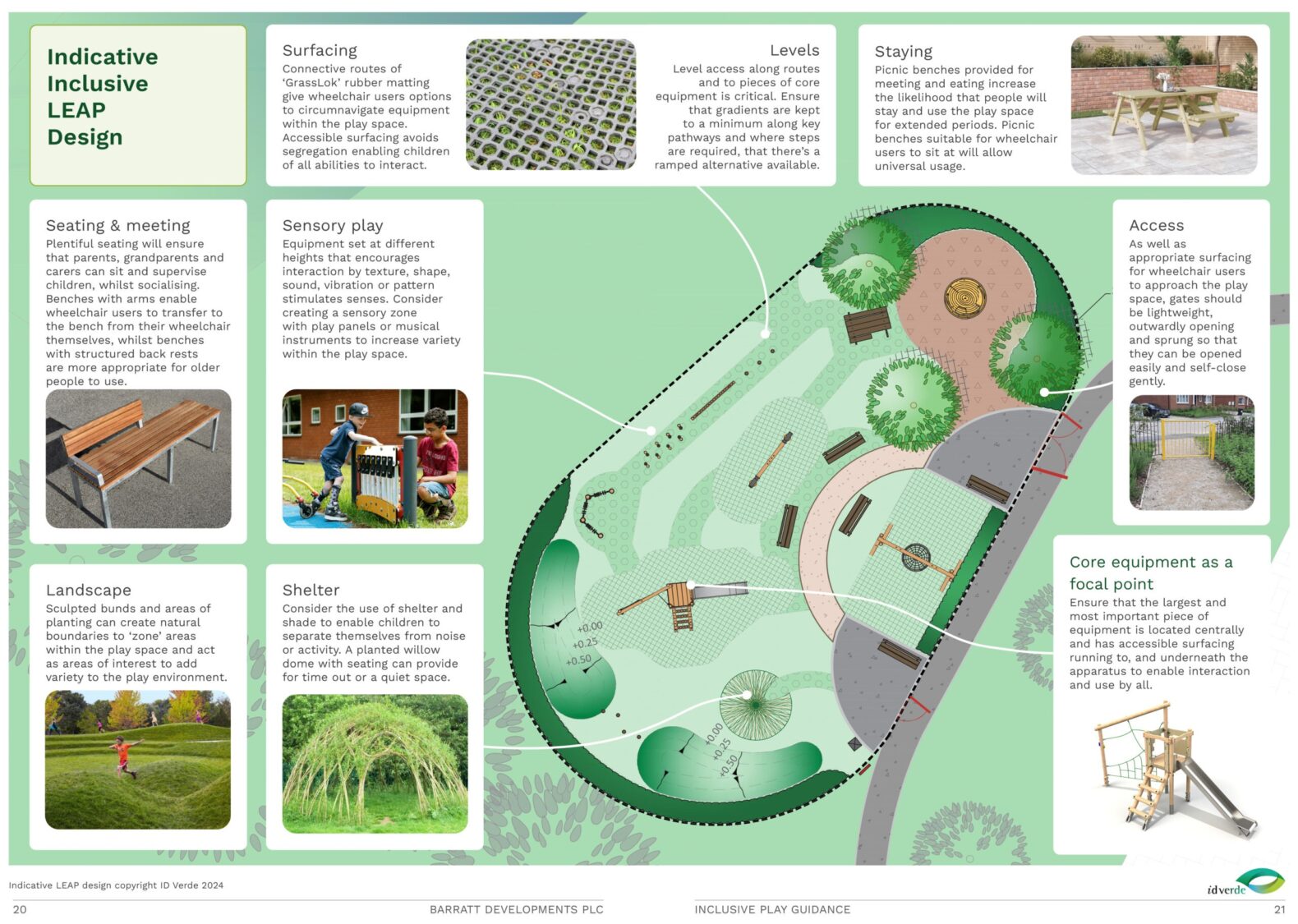Swift Response by idverde Teams Clears Trowbridge Road After Bin Lorry Fire
In a commendable effort, idverde teams played a crucial role in the cleanup operation
Grounds Maintenance, Landscape Creation, Arboriculture, Sports Surfacing, Parks management, IOS Managing Safely Training, Ecology & Biodiversity, Grass cutting, Horticulture, Street Cleaning, Soft Landscaping, Hard Landscaping
idverde provides a wide range of green services, including grounds maintenance, landscape creation, and advice services, to both private and public sectors across the UK.
idverde is proud to be representing the new standard for Inclusive Play Areas!
Working closely with Barratts Development PLC and Whizz Kids; idverde’s Creating Play team has collaborated on a new design standard for inclusive play areas.
Being committed to developing play spaces that can be accessed for those with neurodivergent conditions or physical disabilities, our Creating Play division can design spaces that are both thoughtful and fun!
Connective routes of ‘GrassLok’ rubber matting give wheelchair users options to circumnavigate equipment within the play space.
Level access along routes and to pieces of core equipment is critical. Ensure that gradients are kept to a minimum along key pathways and where steps are required, that there’s a ramped alternative available.
Picnic benches provided for meeting and eating increase the likelihood that people will stay and use the play space for extended periods. Picnic benches suitable for wheelchair users to sit will allow universal usage.
Plentiful seating will ensure that parents, grandparents and carers can sit and supervise children whilst socialising. Benches with arms enable wheelchair users to transfer to the bench from their wheelchair themselves, whilst benches with structured backrests are more appropriate for older people to use.
Equipment set at different heights that encourages interaction by texture, shape, sound, vibration or pattern stimulates senses. Consider creating a sensory zone with play panels or musical instruments to increase variety within the play space.
As well as appropriate surfacing for wheelchair users to approach the play space, gates should be lightweight, outwardly opening and sprung so that they can be opened easily and self-close gently.
Sculpted bunds and planting areas can create natural boundaries to ‘zone’ areas within the play space and act as areas of interest to add variety to the play environment.
Consider the use of shelter and shade to enable children to separate themselves from noise or activity. A planted willow dome with seating can provide for a time out or quiet space.
Ensure that the largest and most important piece of equipment is located centrally and has accessible surfacing running to and underneath the apparatus to enable interaction and use by all.
Inclusive play should go beyond wheelchair accessibility, considering both physical and mental disabilities. This means incorporating dynamic items and quiet spaces for different autism needs, small fidget-friendly items, and organising tools for compulsive behaviours. Inclusivity is about the details, informed by knowledge of various conditions, and should also consider the needs of parents, carers, and others. Play looks different for everyone, so creating diverse, adaptable environments is key.
